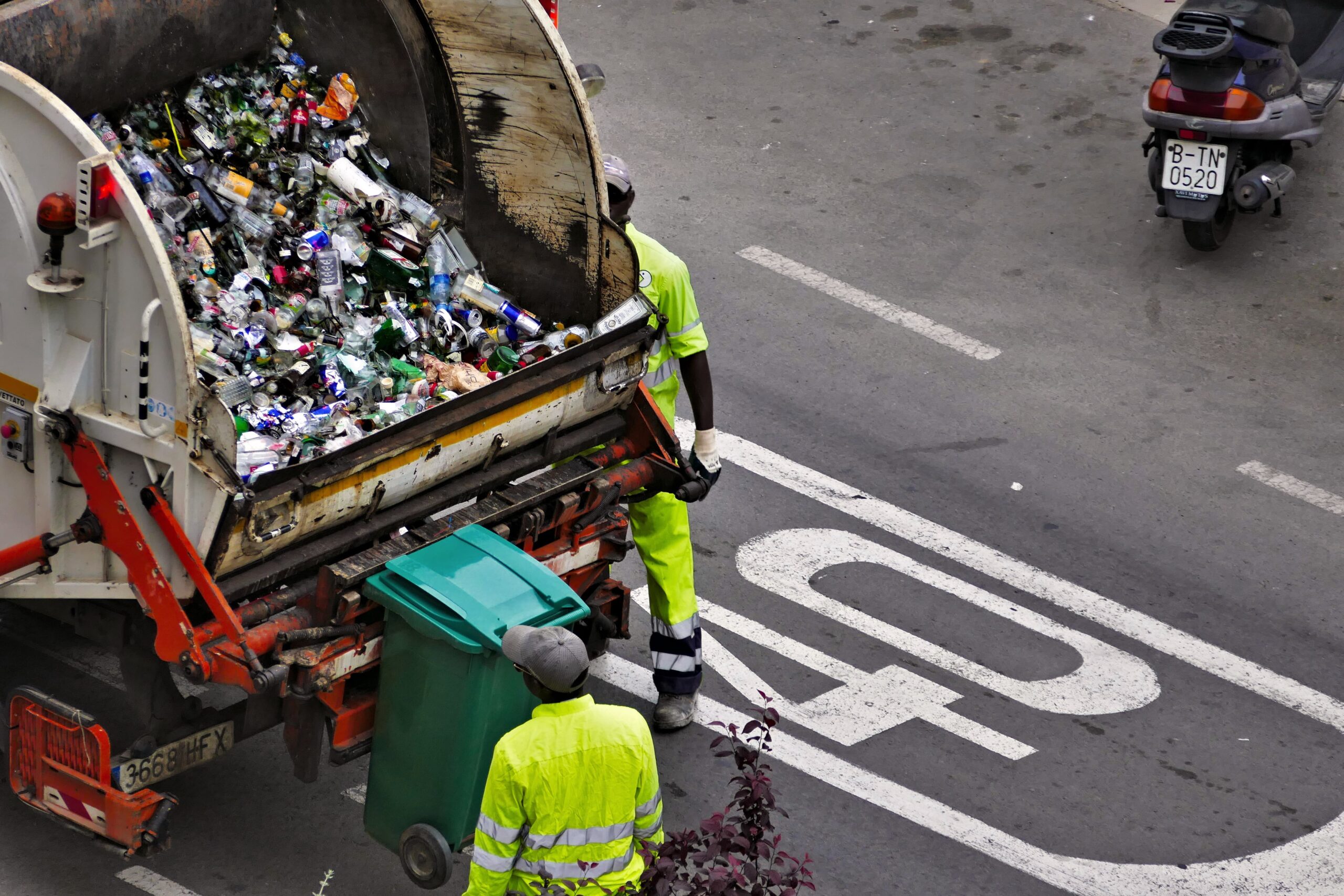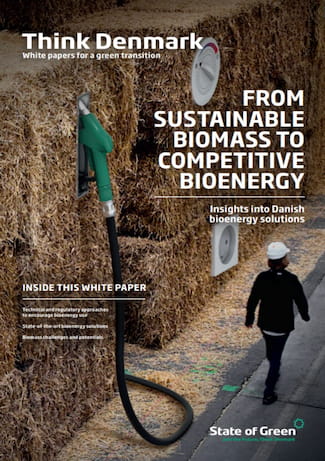Download our publication on bioenergy today
This article is part of our publication ‘Bioenergy’.
Download nowPerspective
Biogas
Biomass


Surprising amounts of valuable resources can be extracted from kitchen waste and other organic residues. With a 12-year track record, a Danish full-scale plant shows how it can be done with a cost-effective, simple and yet elegant solution.
‘Waste’ is rapidly becoming a concept of the past. Now, the question is how best to capture and transform residual resources in a simple, cost-effective and reliable way. The concept of a circular economy is gaining increased traction. The European Commission is preparing an ambitious strategy for a circular economy to be launched late in 2015. The key principle f a circular economy is to keep products, components and materials at their highest
utility and value at all times, distinguishing between technical and biological cycles.
Ten Danish municipalities are now providing a good example of how a circular approach to the biological cycle can be established using existing and well-proven technologies. Haulers collect household waste using waste bins and trucks with dual compartments. They deliver a total of 25,000
tonnes per year to the BioVaekst plant, located approximately one hour west of Copenhagen. The plant, established in 2003 as a fullscale facility, transforms the organic residual fractions to saleable biogas and nutrient rich fully specified compost. The biogas is used for generating electricity and heating. In the future it can be upgraded and fed into the existing national natural gas grid or used as fuel in vehicles. Local farmers use the sanitized and stabilized compost on their fields. This replaces imported NPK fertilizer.
The plant uses Aikan Technology, a simple and yet elegant solution which integratesanaerobic digestion and in-vessel composting into a single work-flow. This does away with the need for the costly movement of material. Feedstock is loaded into batch modules, which allows for the extraction of
liquid used for methanation. Once this step has been completed, composting takes place. Staff use wheel loaders and other standard mobile equipment to handle both input and output materials. The process is robust, reliable and flexible and can easily be adapted to current market conditions and available supply. Aikan Technology can process all types and grades of organic waste, including those with high levels of impurities. Initial investments are low and the solution integrates easily with existing landfill and incineration facilities.
Denmark is a world-leader when it comes to incineration, and this is widely reflected in national regulations and public investments. Even under these conditions, the circular approach to creating value has now proved viable and economically successful for more than a decade. The full-scale BioVaekst plant was established by a private company. It is now also coowned by two semi-public regional waste management companies. As demand for a sustainable circular approach is growing, plans are now ready to almost double its capacity. The new enlarged plant will be ready in 2017.

This article is part of our publication ‘Bioenergy’.
Download now